A Model For Measuring The Optical Variability Of BL Lacs
Nathan J. McGregor, Dr. Daryl J. Macomb

Background
BL Lacertae Objects (BL Lacs)
- As gas and dust accrete onto the supermassive black holes in galaxies, they give rise to active galactic nuclei (AGN)
- Some of the most luminous and highly variable of AGNs are BL Lacs, whose relativistic jets are oriented close to our line of sight, producing rapid and large-amplitude flux variability and significant optical polarization
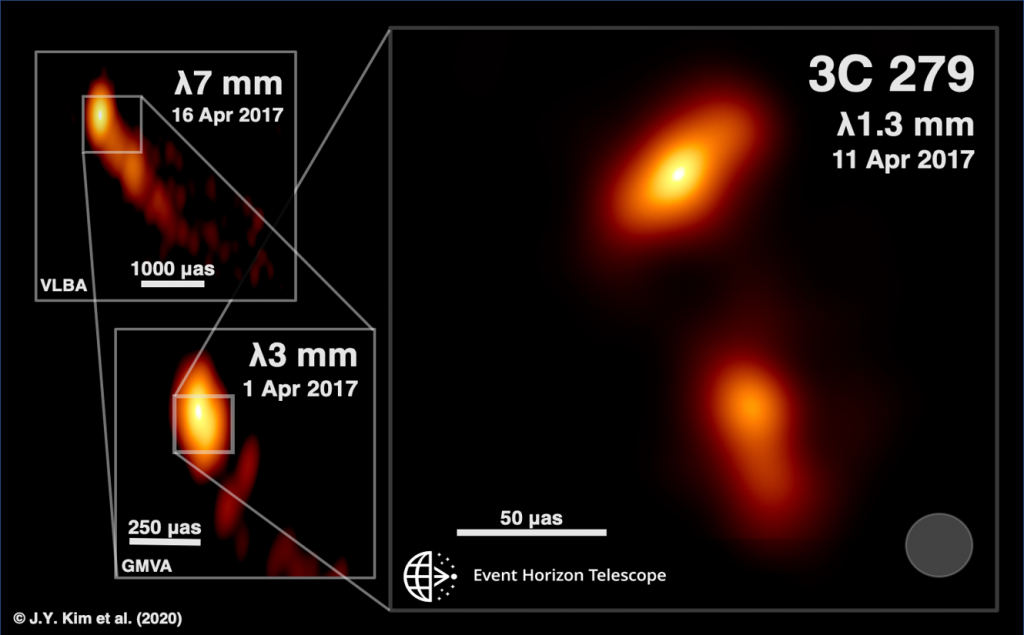
Data
- All VRI observations were taken with the automatic 0.40 m telescope at the Challis Astronomical Observatory
- The telescope is equipped with a CCD camera and UBVRI filters
- VRI observations were collected from 2011 through 2015
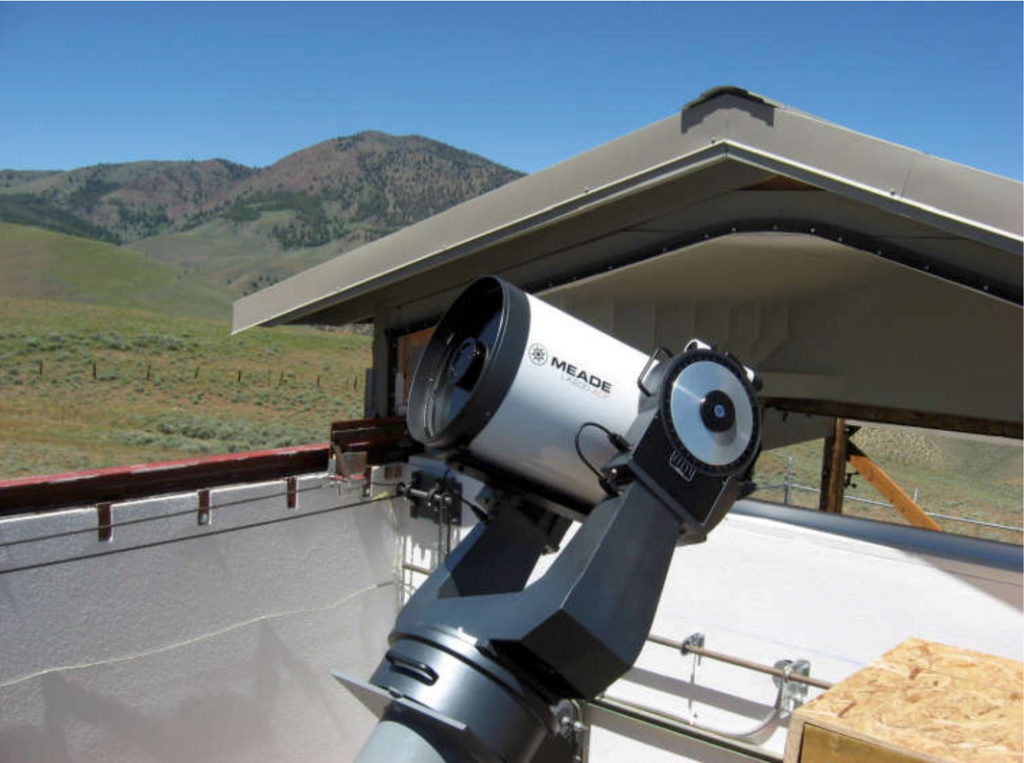
Method
Astrometry.net
- Images that were recognized and astrometrically calibrated formed the data for our analysis.
SWARP
- Artifacts were detected and removed by resampling and co-adding 10 FITS images in each band for each observation
SExtractor
- A catalog of objects was generated for each co-added image
Cone Search
- Identified Mrk 501 and reference stars by computing great-circle distance (angular on-sky separation) between SExtractor sources and Mrk 501 using Mrk 501’s known ICRS RA and Dec
Plot
- Because the magnitudes of stars 1 and 4-6 have been measured in all bands in other works, they were selected to calculate Mrk 501’s magnitude
- The average measured magnitude for each band for reference star 1 was used to determine a zero point
- Mrk 501’s flux and magnitude were plotted from 2011 to 2015
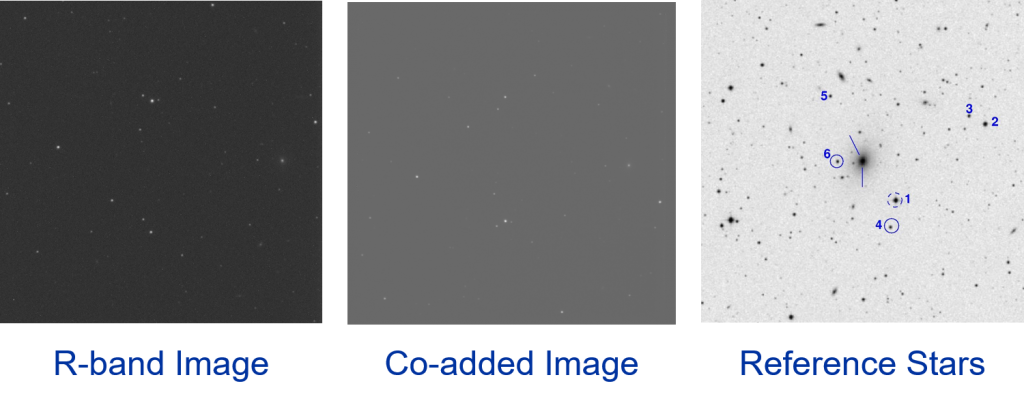
Results
Mrk 501 and Reference Stars
- Mrk 501 and the reference stars exhibit little variability in magnitude and flux; however, further calibration is needed in order to better assess Mrk 501’s flux variability
- The measured magnitude for the reference stars are within ±0.2 of their published values
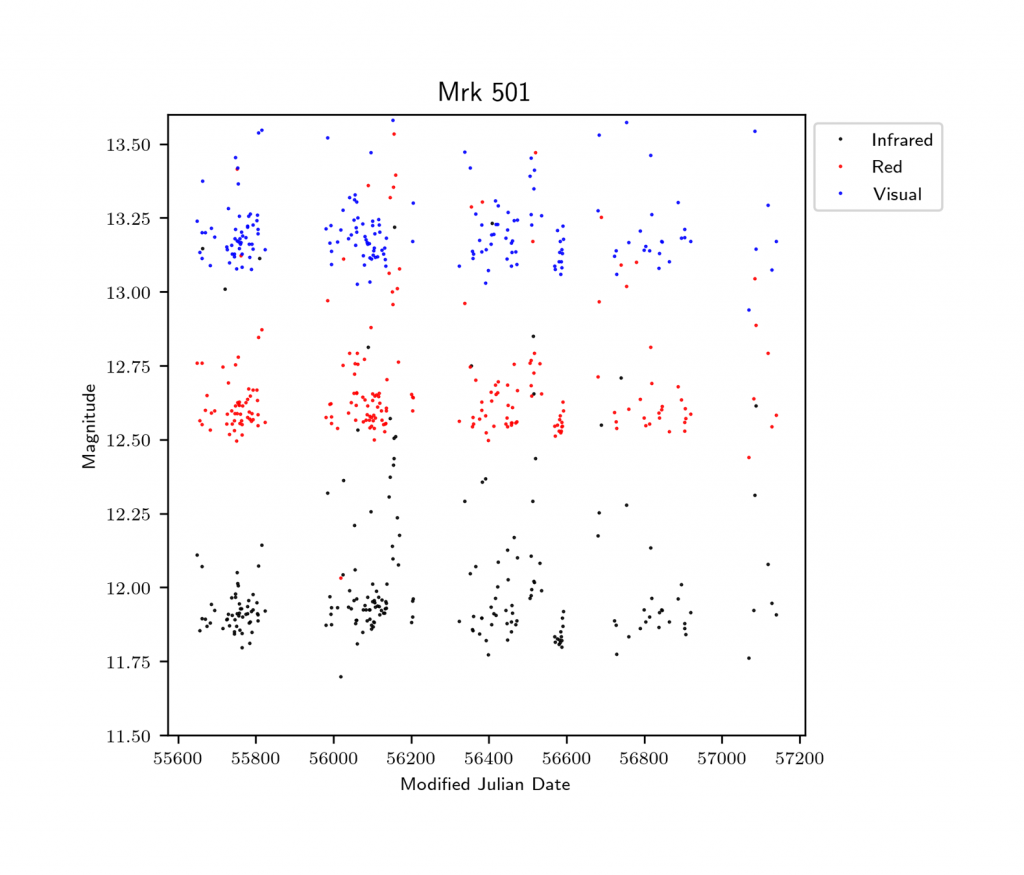
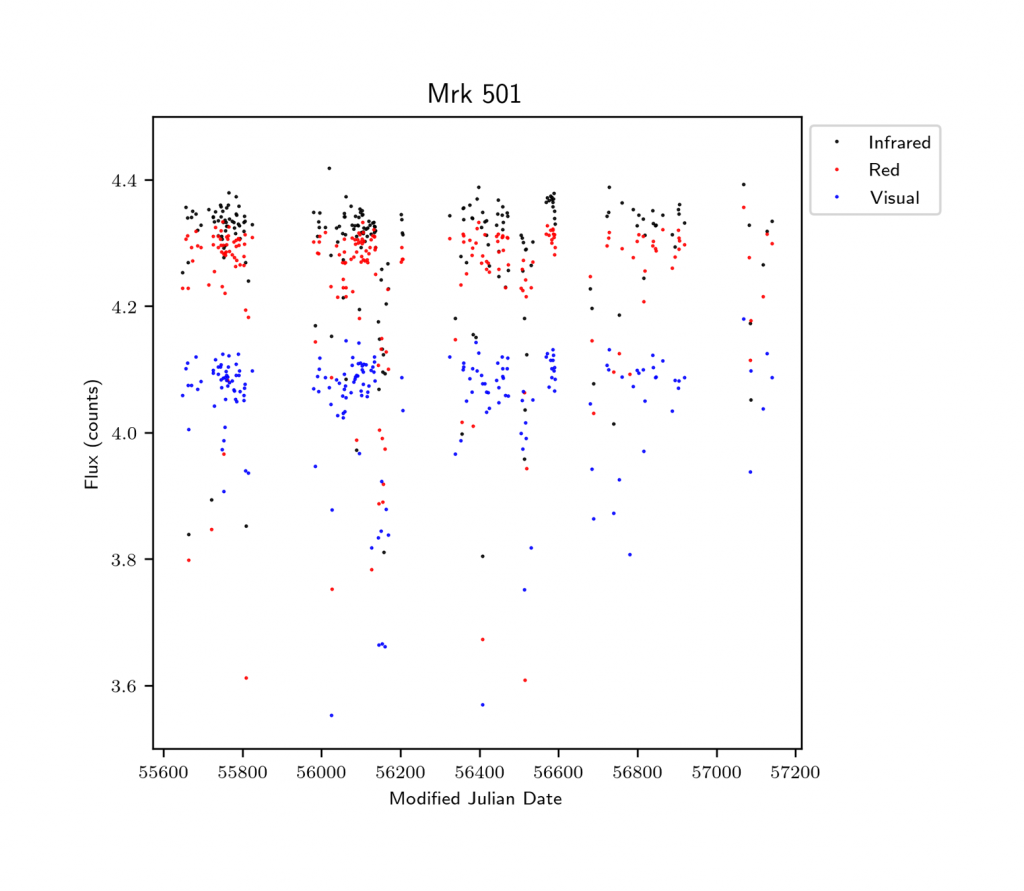
Future Research
Noise
- Calculate relationship between observation ambient temperature and image noise, so the noise corresponding to the ambient temperature during the observation period could be subtracted
- Use darks and bias frames to subtract noise
Error and Statistical Analysis
- Calculate parameters for data processing (gain for converting counts to flux and zero point for calibrating the magnitude scale)
- Calculate statistical values and errors
Correlate with Chandra and Fermi Data
- Correlate photometric measurements with x-ray and gamma ray observations during same observation period to assess relationship. X-ray observations provided by the Chandra X-ray Observatory. Gamma ray observations provided by the Fermi Gamma-ray Space Telescope.
Apply Model to Other BL Lacs
Mrk 421, OJ 287, BL Lacertae, 1ES 1959+650, 3C 66A, S5 0716+71, W Com, RXS J1543+613, OT 081, PKS 0048-097
References
- Fiorucci, M., Tosti, G., & Rizzi, N. (1998). VRI photometry of stars in the fields of 16 blazars. Publications of the Astronomical Society of the Pacific, 110(744), 105–110. doi: 10.1086/316127
- J.Y. Kim, T.P. Krichbaum, et al.: “Event Horizon Telescope imaging of the archetypal blazar 3C 279 at an extreme 20 microarcsecond resolution”, in: Astronomy & Astrophysics (April 07, 2020)
- Villata, M., Raiteri, C. M., Lanteri, L., Sobrito, G., & Cavallone, M. (1998). BVR photometry of comparison stars in selected blazar fields: Astronomy and Astrophysics Supplement Series, 130(2), 305–310. doi: 10.1051/aas:1998415
Additional Information
For questions or comments about this research, contact Nathan McGregor at nathanmcgregor1@u.boisestate.edu.